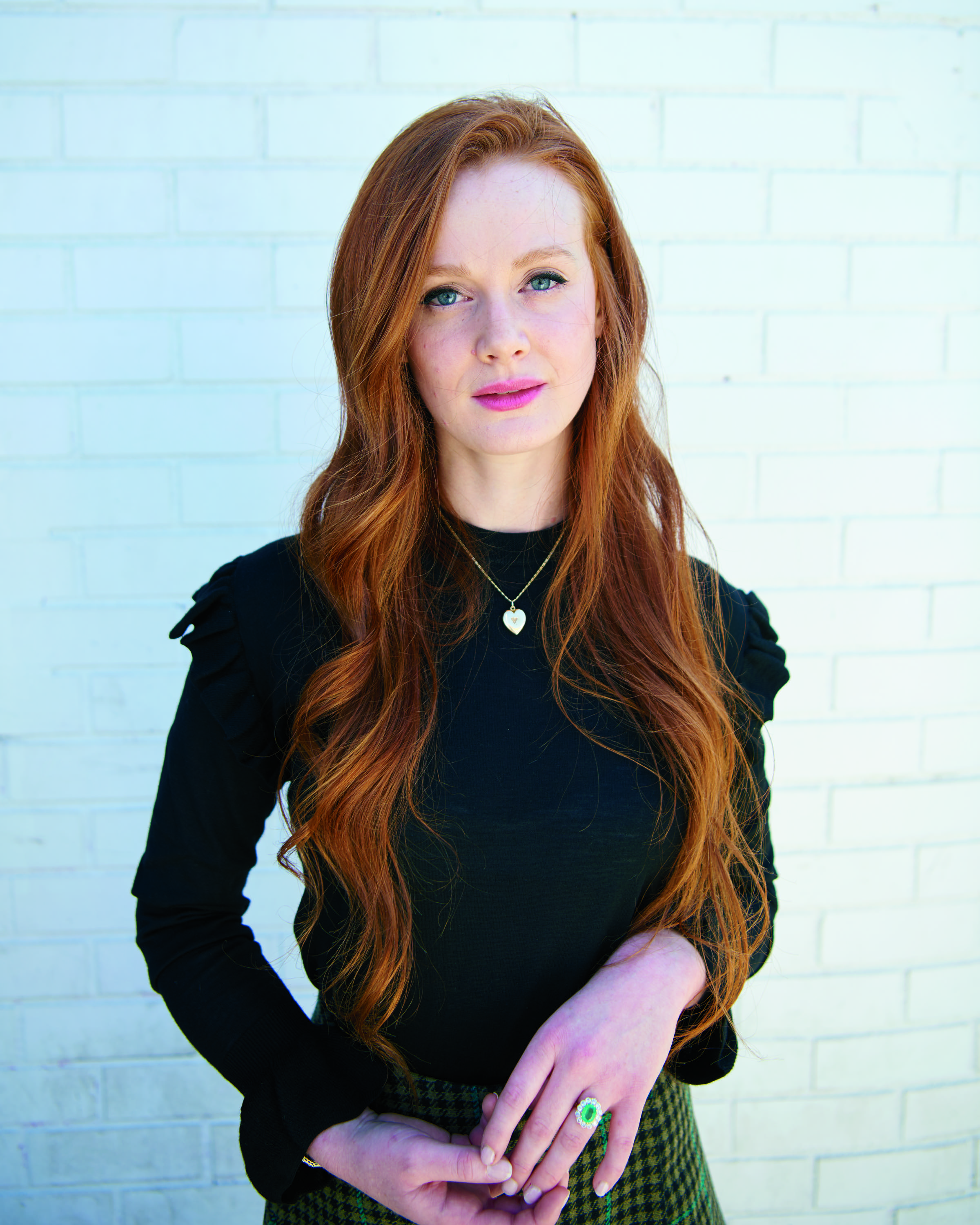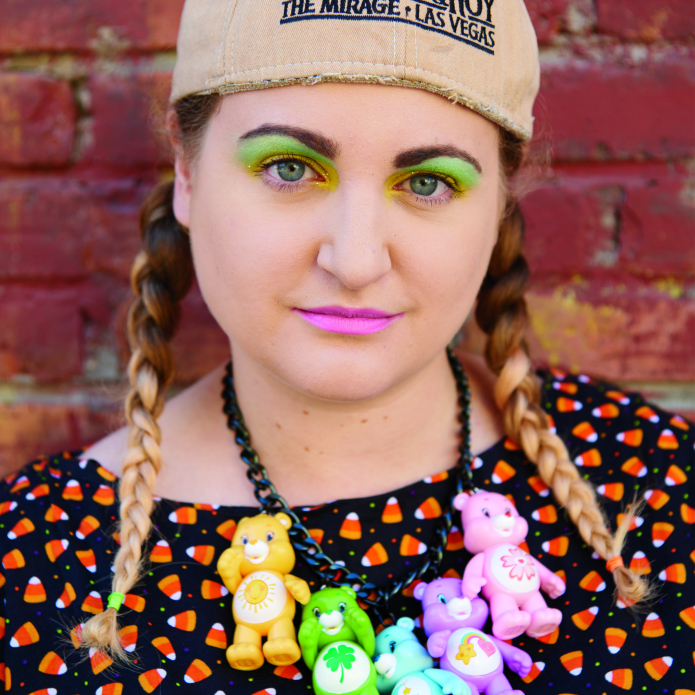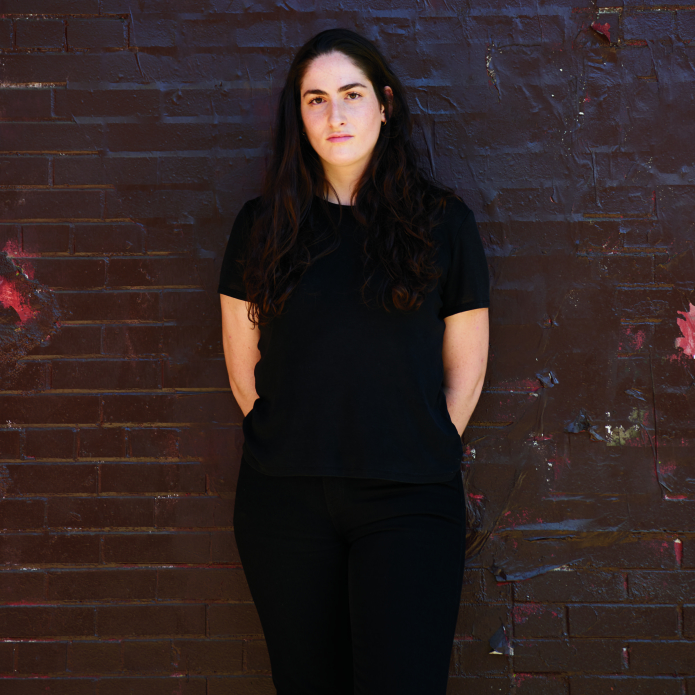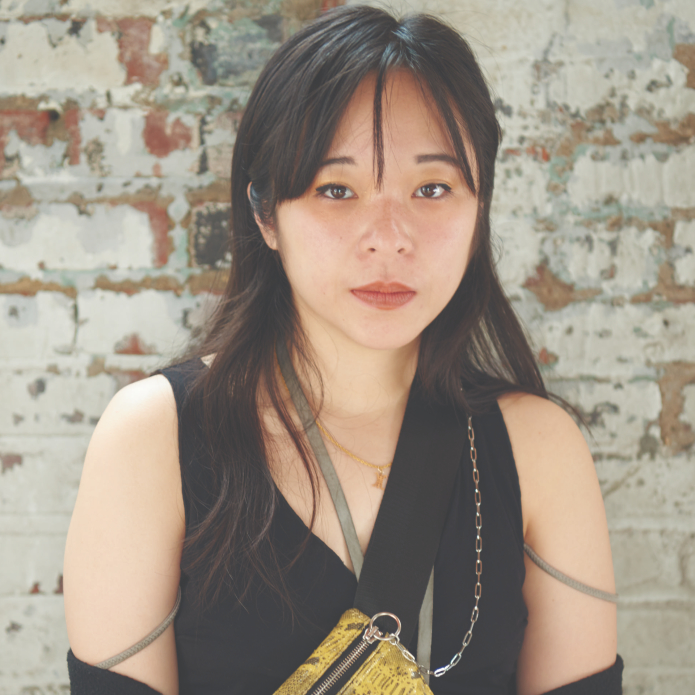
Cynthia Talmadge’s work is like the best of Douglas Sirk’s films—unabashedly sentimental, romantic and glamorous, yet filled with incisive, wry wit. Her “Leaves of Absence” solo show, for instance, refigured mental hospitals and rehab centers as college dorm rooms, complete with sweatshirts, mugs and pennants. Trauma is thus simultaneously heightened and made comical.As someone who spent time in McLean Hospital, the subject of one of Talmadge’s tableaux, I can say with surety that humorous despair is the only way to get by. Talmadge says, “I’m attracted to and repulsed by my tendency to stylize lived traumas until they reach a level of cinematic cliché in my mind. I’m interested in the moment that my reaction to something sincerely painful or terrifying becomes rote.” Talmadge’s dedication to this space of self-affirmation and self-hatred is a discomfiting look at how we process our failings and project them onto others, real or fictional.

Although Talmadge does not identify as a photographer, her imagery is reminiscent of the earliest investigations of photography-as-art, such as the black-and-white melodramas of Julia Margaret Cameron, the flattened spectacles of Manet or the 19th-century spirit photography that claimed to reveal the presence of ghosts. The latter was a commonly accepted idea made possible by the association of the camera with natural magic (to borrow Sarah Charlesworth’s term—an artist with whom Talmadge certainly shares conceptual aims). It is difficult to balance the art historical with the sentimental, as Talmadge does, in a way that does not itself fall into cliché.
Talmadge asks, “How many glasses are you going to throw against a wall before it’s just comical and you feel icky and self-aware?” I would respond that if glasses remain, I will keep throwing them.




